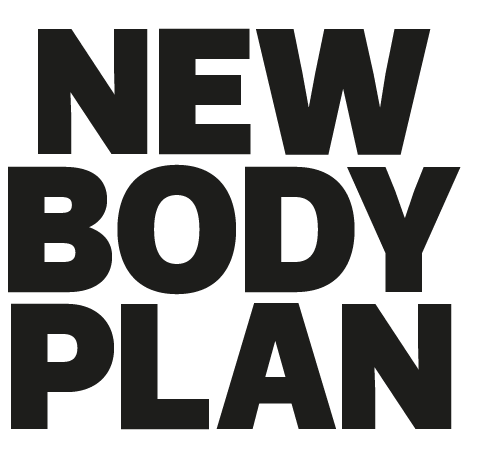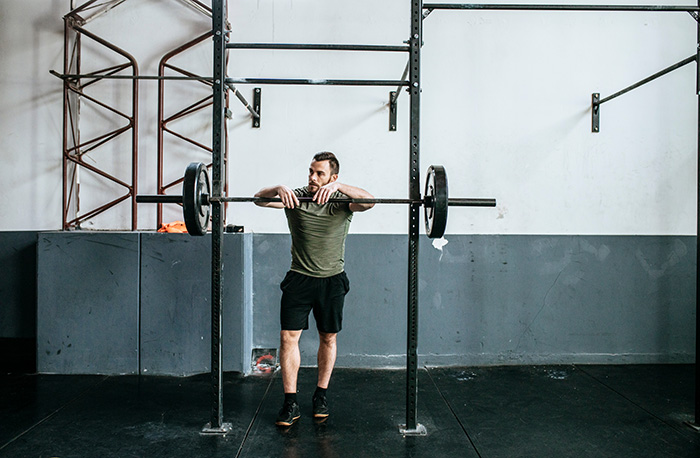How muscles grow
Understand the six-step process behind how muscles grow so you can build serious muscular size and strength
Want to build a better body? Adding lean muscle mass, in combination with lowering body fat levels, is the fastest way to make the biggest possible changes to your physique.
The process of building new muscle tissue, which is called “hypertrophy”, is essentially your body’s response to the stress of lifting weights and other forms of weight-bearing training. In simplistic terms, your body thinks: “Wow, that was tough. We’d better get stronger so it’s not so hard next time.”
How long does it take muscles to grow?
When you perform resistance training exercises, such as those featured in the New Body Plan fat-loss and muscle-building programmes, you cause microscopic tears in your muscles. Your body deals with this “muscular microtrauma” by overcompensating. That means the damaged tissue is repaired and more tissue is added. This makes your muscles bigger and stronger so they’re better equipped to deal with whatever you throw at them next.
Over time, following a progressive training programme you will build more muscle tissue while stripping away body fat to transform your physique. Here’s the step-by-step process of what happens during the hypertrophy process.
To find your perfect transformation plan, take the New Body quiz!
Take the New Body quiz!
The hypertrophy process explained
Part 1: The warm-up
During your workout warm-up your heart rate increases and blood is pumped into your muscles. This increases their temperature, which allows them to extend fully. The blood also supplies the muscle fibres with oxygen. At the start of a rep, your muscles are under tension and stretched. As a result more blood is pumped into the protective sheaths of the muscle fibres, supplying even more oxygen and nutrients.
Part 2: All systems go
As you lift a weight, your central nervous system (CNS) relays this to the nerves in the sheaths around the muscle fibres, telling the fibres to contract. If you do the exercise correctly your muscles will activate in a particular sequence, which your CNS adapts to. As you repeat the workout, your CNS gets more efficient, allowing you to do more. This is the first adaptation caused by weightlifting.
Part 3: Chain reaction
Adenosine triphosphate (ATP) is the immediate energy source for these muscle contractions. It is broken down within the cells to release energy. The cells’ creatine phosphate and glycogen reserves are also converted into ATP. This process creates lactic acid as a by-product.
Part 4: The burn
Once the glycogen stores in your cells have been depleted and lactic acid starts to build up the muscle can’t work efficiently, so you have to rest. As you do so, aerobic (oxygen-based) muscle respiration occurs, processing the lactic acid back into glycogen and providing more energy for the next set.
Part 5: Approach failure
As you reach the last rep of the last set of a given exercise, your fast-twitch muscle fibres should be approaching complete fatigue. Microscopic tears (microtears) occur in the myofilaments, which are the smallest fibre bundles in your muscles.
Part 5: Repair and grow
Your muscles start to grow during the post-workout repair process. Your body fixes the microtears by adding the amino acids actin and myosin to the myofilaments, which also causes them to grow. The muscles adapt to store more glycogen too, so there’s more energy for the next workout. This also makes your muscles bigger.

